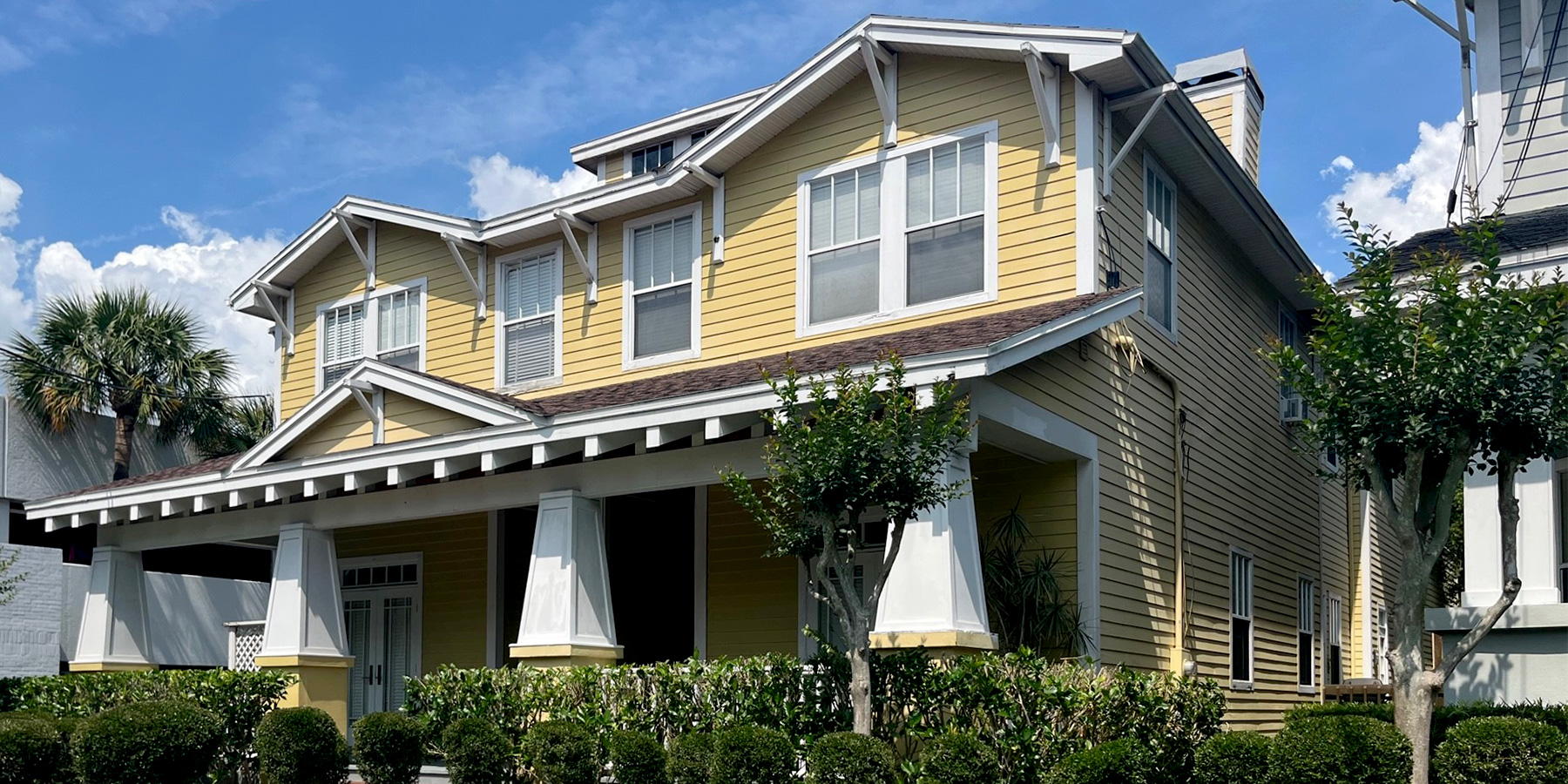Addressing Housing Needs in Your Community

As the demand for affordable housing continues to surpass the supply, the need for innovative and equitable solutions is at an all-time high. In communities nationwide, regulatory code requirements often prevent the development of affordable housing options that connect with jobs, schools, services and recreation.
Benesch’s Catherine Hartley lends her depth of planning expertise to explain how local governments can reduce barriers to affordable housing.
Zoning requirements and regulatory codes: Although essential for urban planning, they often serve as barriers to the development of affordable housing. They control not only the types of structures that can be built, but also restrict their height, density, and layout on a lot; dictate minimum unit sizes; require off-street parking; and regulate minimum open space per unit that often is not functional.
But a proactive planning approach, plus a bit of big-picture thinking, can help local governments navigate these issues to improve access to affordable housing. There are a lot of ways to do this, but today I want to dive into how collaborating with Metropolitan Planning Organizations (MPO) and amending code requirements can enhance access to affordable housing in proximity to transit hubs and community facilities.
Reevaluate Your Code Requirements
Instead of forcing developers to go through the lengthy, costly and uncertain rezoning process, local governments can amend their codes to reduce regulatory barriers to missing middle and affordable housing and expedite the development of projects that align with the community’s comprehensive plan. Here are just a few of the typical code requirements that serve as barriers to affordable housing:
Minimum Parking Requirements
Local governments can eliminate or reduce their minimum parking requirements, particularly in downtown areas and in proximity to transit. Residents of affordable housing and lower-income areas tend to own fewer cars than others and many subsidized projects also support special populations, such as the elderly and disabled, who may not be able to drive.
Reducing parking requirements also furthers other community goals of reducing impervious surfaces, increasing the tax base, improving connectivity, enhancing public health and reducing greenhouse gas emissions.
Open Space Requirements
Open space requirements per residential unit have no basis in health, safety or welfare. Typically, the open space is not functional and is often used to segregate housing types from one another, effectively segregating people by income into “pods.” Higher-density residential uses should not be treated as noxious use – residential is compatible with residential.
Instead, green space can be reallocated to the streetscape. Green space along a corridor is often overlooked, but has multiple benefits including absorbing stormwater and pollutants, reducing the heat island effect, slowing down drivers and even reducing crime.
Minimum Unit Sizes and Spacing
Code requirements often include minimum unit sizes, lot sizes and spacing between buildings which serve as barriers to housing, particularly missing middle housing which are housing options that fall between single-family and high-density developments. Local governments can amend these codes to remove minimum size and space requirements, thereby allowing for the development of missing middle housing, thereby increasing access to affordable housing.
Collaborate with Metropolitan Planning Organizations
The Federal Infrastructure Investment and Jobs Act allows MPOs within Transportation Management Areas to develop Housing Coordination Plans, acknowledging the interdependence of transportation and housing for improving the overall livability of an area.
Many local governments contribute significant funding to support affordable housing projects, and applications for such funding often require these projects to be in proximity to community facilities such as schools, transit, grocery stores and medical facilities.
Here’s the opportunity: Communicate these requirements, along with the location and entitlement details of approved and constructed affordable housing projects, to your MPO. Highlighting your projects and plans will allow them to prioritize multimodal transportation improvements in the areas where your population will need them most – like ensuring transit stops are connected by sidewalks to jobs, schools, and housing.
In Florida, for example, Pinellas and Broward counties’ MPOs are developing Housing Coordination Plans to support the linkage between transportation and land use. They are paving the way for other MPOs to follow suit.
Local governments have the opportunity to amend codes to reduce the regulatory barriers to housing in a market where demand is higher than supply, which continues to drive up costs to unaffordable levels. It can take two years from start to finish to get rezoning approved; simply reviewing and amending your code to allow by-right the things you want in your comprehensive plan (and what are traditionally approved through a standard Planned Development Process) would be a major accomplishment to increase production.
In short, the present is always a great time to plan for your desired physical form in policy and then code for what you want. After all, that’s planning—not reacting.





